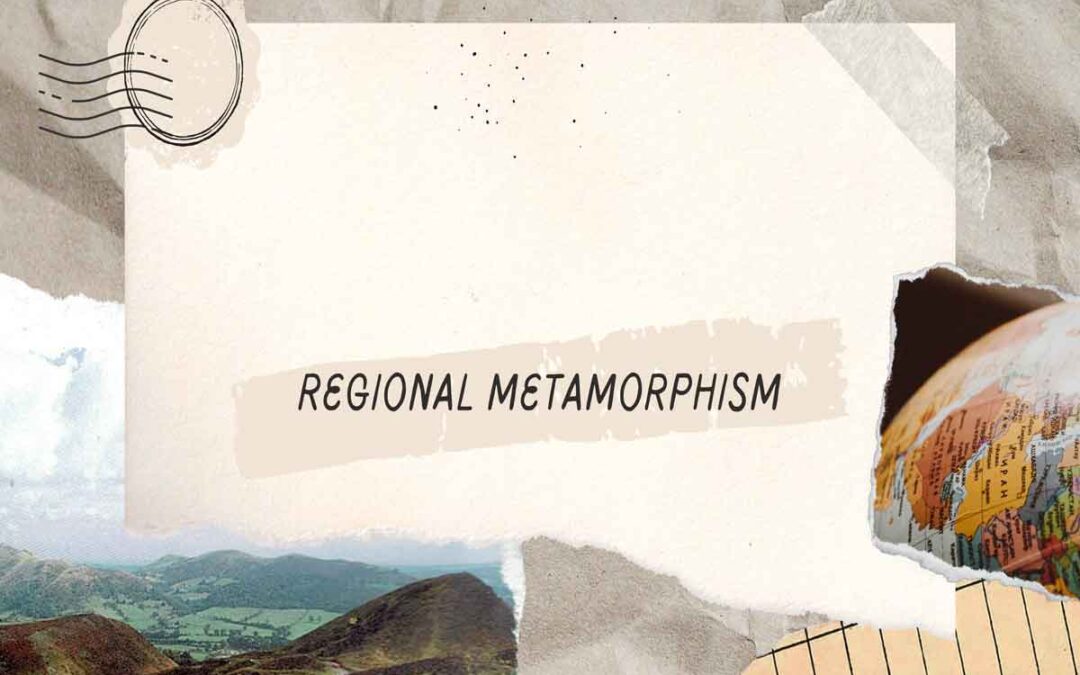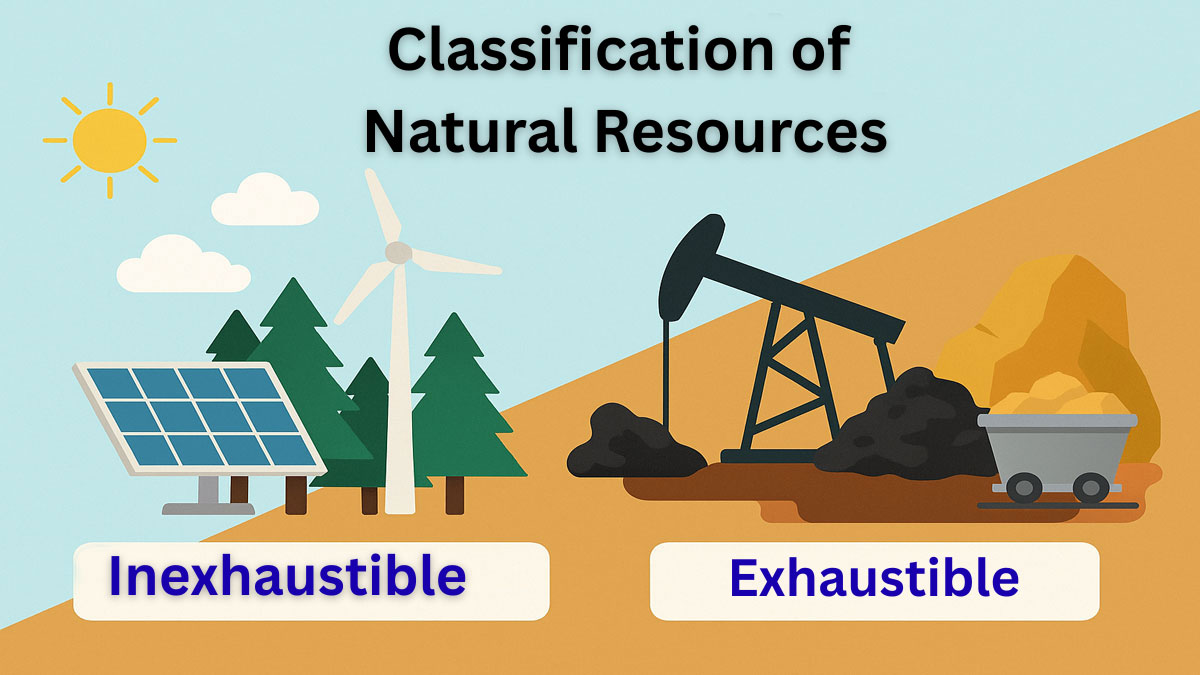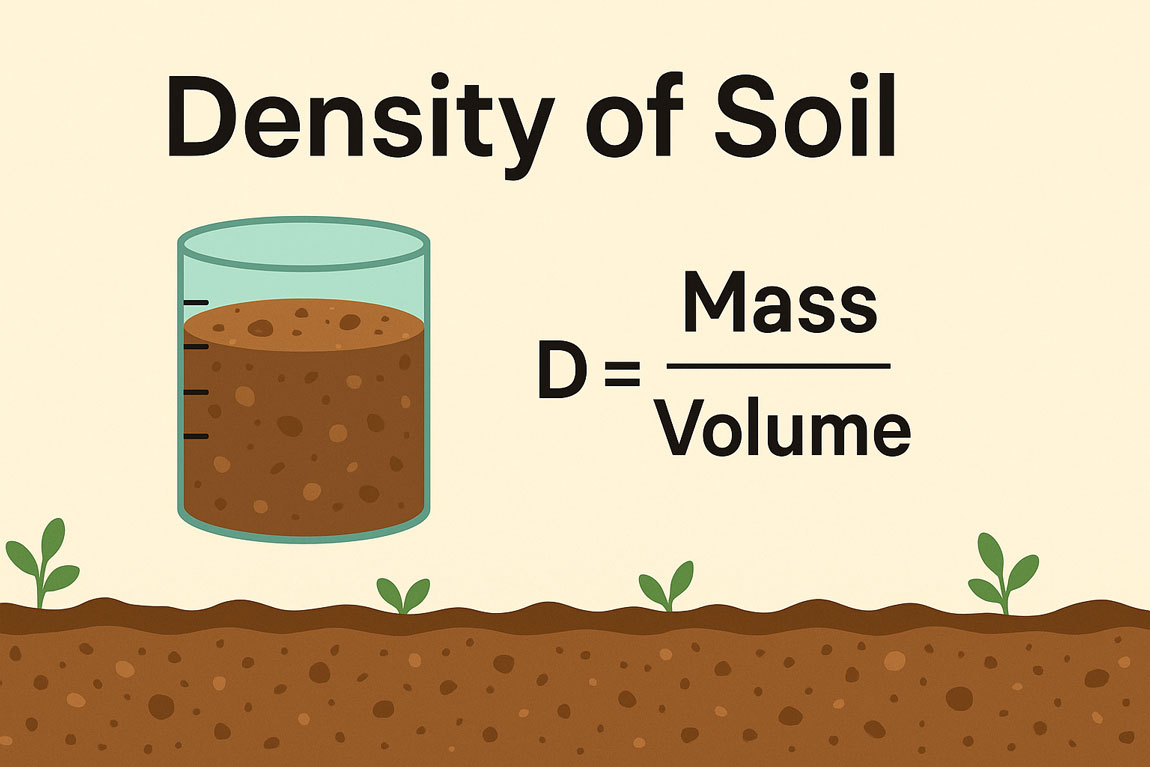Regional metamorphism actively transforms rocks over substantial regions under the influence of excessive temperature and pressure. Unlike contact metamorphism, which occurs in localized zones, It accompanies large-scale tectonic activities, such as mountain-building events.
This blog explores the definition, causes, types, and importance of regional metamorphism, highlighting its role in shaping the Earth’s crust.
Regional Metamorphism:
Regional Metamorphism is a type of metamorphism that occurs over an area of wide extent, affects a large rock volume, characteristics of many mountain belts such as the Himalayas, Alps, Appalachians, or Andes and ancient shield areas, and is associated with large-scale tectonic processes, such as ocean-floor spreading, crustal thickening related to plate collision, deep basin subsidence, etc.
Types of Regional Metamorphism:
- Orogenic Metamorphism
- Burial Metamorphism
- Ocean- floor Metamorphism
Orogenic Metamorphism:
Orogenic Metamorphism is a type of metamorphism of regional extent related to the development of orogenic belts.
- Various phases of orogenic development may associated with metamorphism and involve both compressional and extensional regimes.
- Varying proportions and timescales combine dynamic and thermal effects, and a wide range of P-T conditions can occur.
- The type of metamorphism associated with convergent plate margins is orogenic metamorphism.
- Foliated rocks form a characteristic product.
Burial Metamorphism:
Burial Metamorphism is a form of regional-scale metamorphism that takes place at low temperatures (<circa 2500 C) in the absence of appreciable deformation.
- Increased temperature and pressure due to burial cause metamorphic effects.
- The process partially or completely recrystallizes the resultant rocks, which generally lack schistosity
- Restricted to large, relatively undisturbed sedimentary piles away from active plate margin. (Bengal Fan is a sedimentary pile, which is > 22 km deep)
- Active margins often result from passive ones. Areas of burial metamorphism may, therefore, transform into areas of orogenic metamorphism.
- Zeolites, prehnite, pumpellyite, laumontite, etc., form as diagenesis grades.
Ocean- floor Metamorphism:
Ocean-floor Metamorphism is a type of metamorphism of regional or local extent related to the steep geothermal gradient occurring near spreading centers in oceanic environments.
- The metamorphism is associated with circulating hot aqueous fluids (with related metamorphism.)
- Typically shows an increasing temperature of metamorphism with depth.
Characteristics of Regional Metamorphism:
- Crystallization under dynamic conditions (Dynamo thermal Crystallization).
- Presence of tectonic events and reaction events.
- Foliation, lineation, lattice preferred orientation, and dim preferred orientation are fabric elements.
- Orogeny long-term mountain building
- Presence of several deformational phases.
- Tectonite- a deformed rock with a texture.
Texture of Regional Metamorphism:
- The texture is more appropriately called dynamo thermal texture because deformation and heat combine to produce it.
- The favorable formation of the texture of regional metamorphism occurs in areas ranging from deep shear zones to strained contact aureoles. Orogeny, a long-term mountain-building process, has caused most dynamo-thermal rocks to form in ancient orogenic belts.
Causes of Regional Metamorphism:
Tectonic Plate Movements:
The collision and subduction of tectonic plates reason excessive stress and heat, which results in the technique of metamorphism.
Burial:
Rocks which are buried deep inside the Earth`s crust enjoy improved stress and temperature.
Orogenic Zones:
The methods concerned in mountain constructing create perfect situations for nearby metamorphism via way of means of deforming and heating huge volumes of rock.
Importance of Studying Regional Metamorphism:
Research on the dynamics of crustal movements:
Gaining perception into the tactics of crustal deformation enables us to recognize the forces that form the Earth`s crust over time.
Identifying key resources:
It yields crucial minerals like garnet and graphite.
Unpacking our geological past:
Metamorphic rocks function as statistics of Earth`s history, revealing tectonic and thermal events.
Conclusion:
Regional metamorphism is prime to geology, providing a focus on tectonic sports and Earth`s history. Through exploring this process, geologists can discover how mountains are formed, music useful resource distribution, and affirm the geological age of our planet. Whether you`re a long-time geology fan or simply beginning your studies, diving into local metamorphism will decorate your expertise of our world’s tricky forces.






